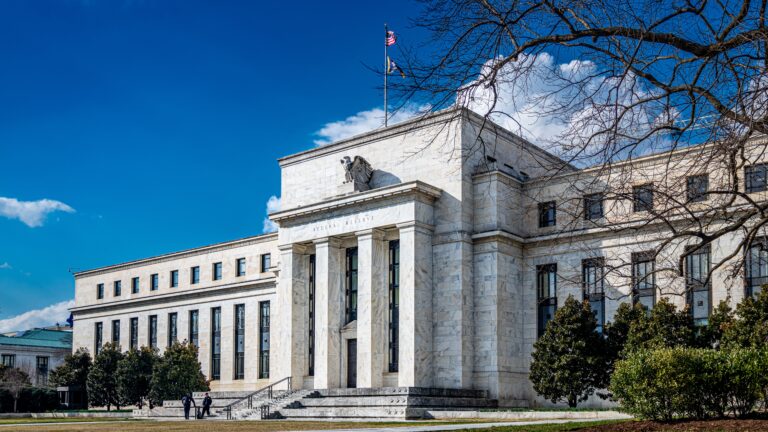

Asset-Backed Securities: Time to Reevaluate Their Place in Corporate Accounts?
Abstract
AAA-rated fixed rate credit card ABS may be viable investments for corporate treasurers. Transparent asset collateral, servicer quality, potential sponsor support, relatively short maturity schedule, and soft-bullet structure are some of the sector’s advantages over other forms of ABS. The credit card ABS sector stood the test of time without significant ratings implications during the Great Recession. Recent delinquency and charge-off statistics confirm that the worst may be behind us in consumer credit quality.
AAA-rated credit card ABS returned 0.48% more in annual returns than short-duration corporate bonds in the last decade. The annual outperformance was even greater, at 2.1%, in the last three years that included the financial meltdown. Treasury investors should carefully evaluate the fundamental credit characteristics of ABS in deciding on the appropriateness of ABS in their cash portfolios. Proper credit surveillance should be in place to evaluate bond performance in a timely fashion.
Introduction
It has been nearly six years since we published a whitepaper (Asset-Backed Securities: Do They Belong in Corporate Accounts) on why asset-backed securities (ABS) may be an appropriate asset class in corporate cash portfolios . However, for many treasury investors, the recent financial crisis was caused by, or related to, a number of financial assets that can be loosely categorized as ABS. It is no wonder why some corporate investors view the entire sector with a suspicious eye. Is this attitude justified? Should corporate treasury portfolios shun the entire asset class as the result of the crisis? With the economy improving and regulators demanding better transparency, is it time to reconsider ABS as a viable asset class? With this whitepaper, we hope to provide our perspective that not all ABS are alike and, with adequate due diligence, the credit card ABS sector may prove beneficial to corporate treasury investors.
Safety First
In our 2005 paper, we compared investment returns and credit risks of AAA-rated asset-backed securities to those of AAA-rated corporate securities. Our analysis drew empirical data from the Merrill Lynch ABS Index and the Merrill Lynch AAA-Rated 1-3 Year Corporate Index between 1998 and 2003. Our conclusion was that, during this period, AAA-rated ABS provided comparable investment returns while incurring less return volatility. We think this approach is no longer applicable today for two reasons. One, despite comparable AAA credit ratings, the credit market views ABS less favorably than corporate securities because of their complexities. Two, the amount of AAA-rated corporate securities has shrunk dramatically in the Merrill Lynch index during this period, from 28 securities totaling $163.7 billion in market value in 2003 to just 12 securities totaling $9.1 billion in 2010.
DOWNLOAD FULL REPORT
Our research is for personal, non-commercial use only. You may not copy, distribute or modify content contained on this Website without prior written authorization from Capital Advisors Group. By viewing this Website and/or downloading its content, you agree to the Terms of Use.
Please click here for disclosure information: Our research is for personal, non-commercial use only. You may not copy, distribute or modify content contained on this Website without prior written authorization from Capital Advisors Group. By viewing this Website and/or downloading its content, you agree to the Terms of Use & Privacy Policy.

